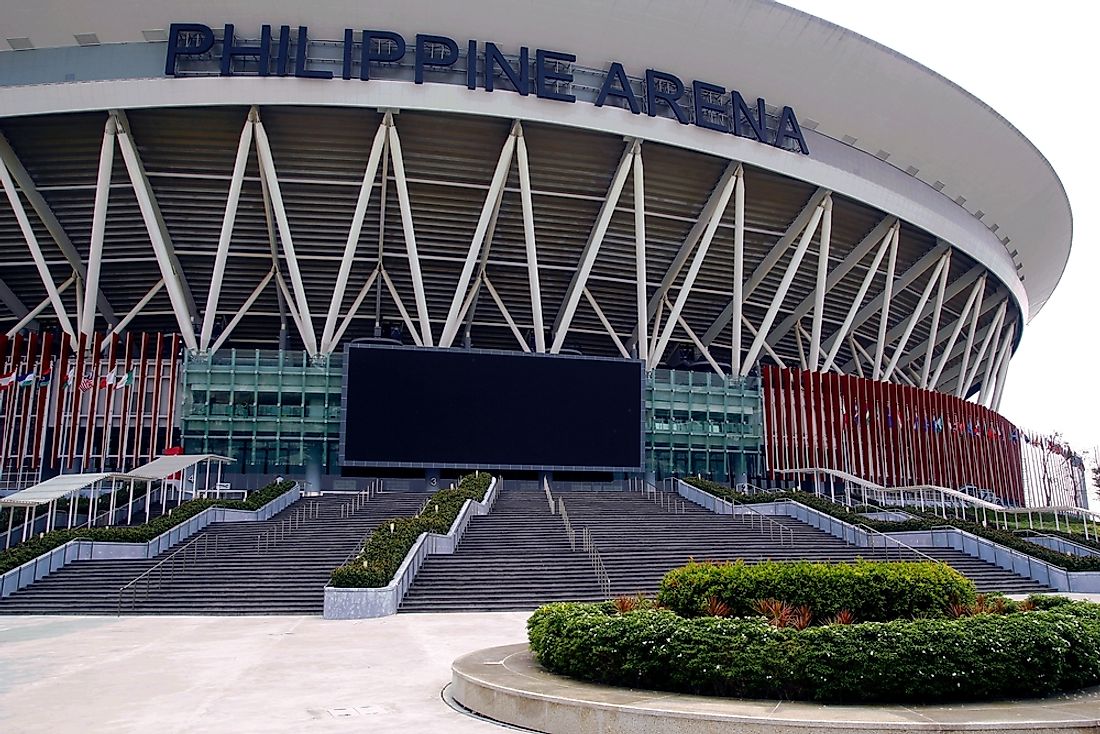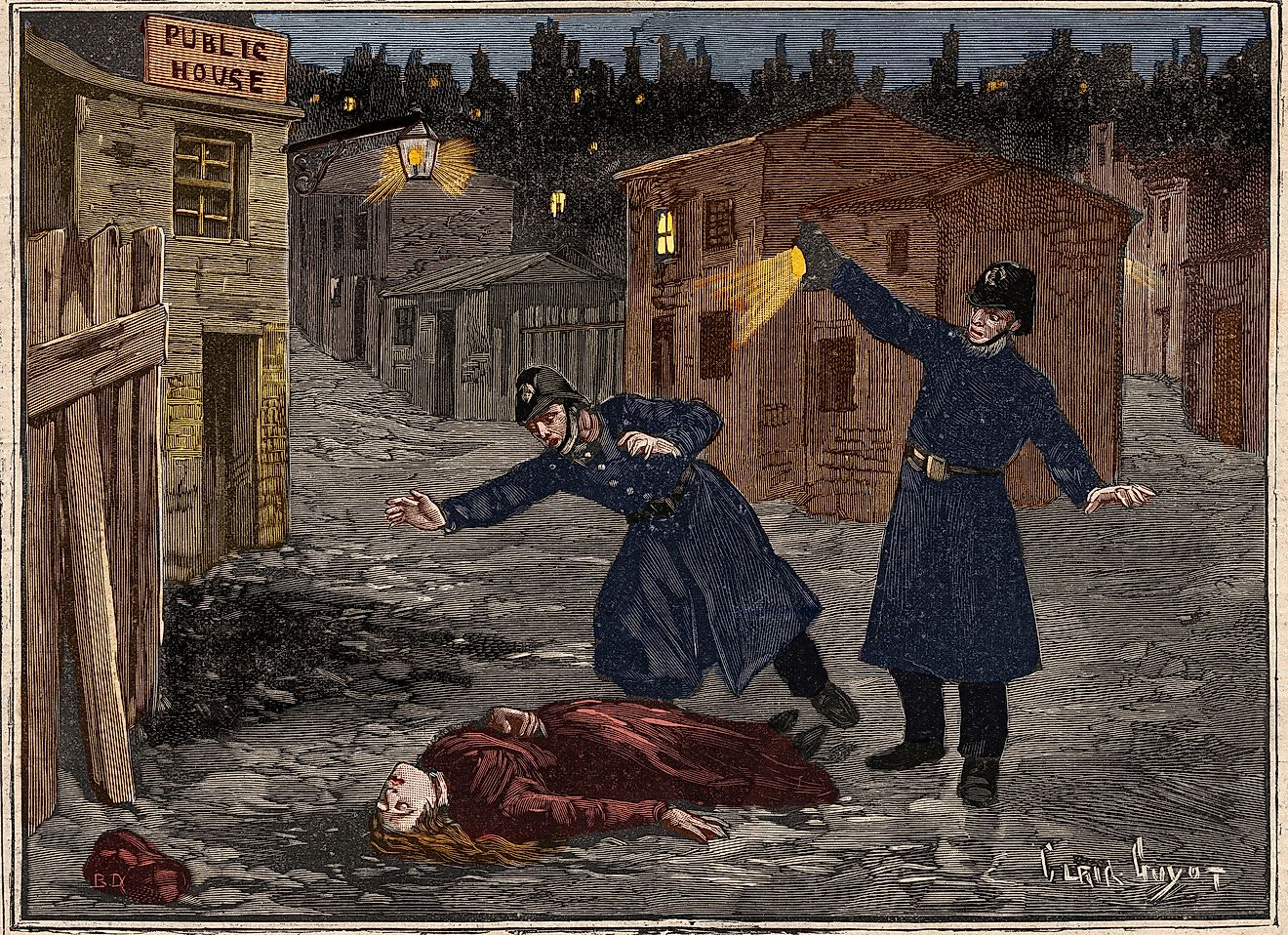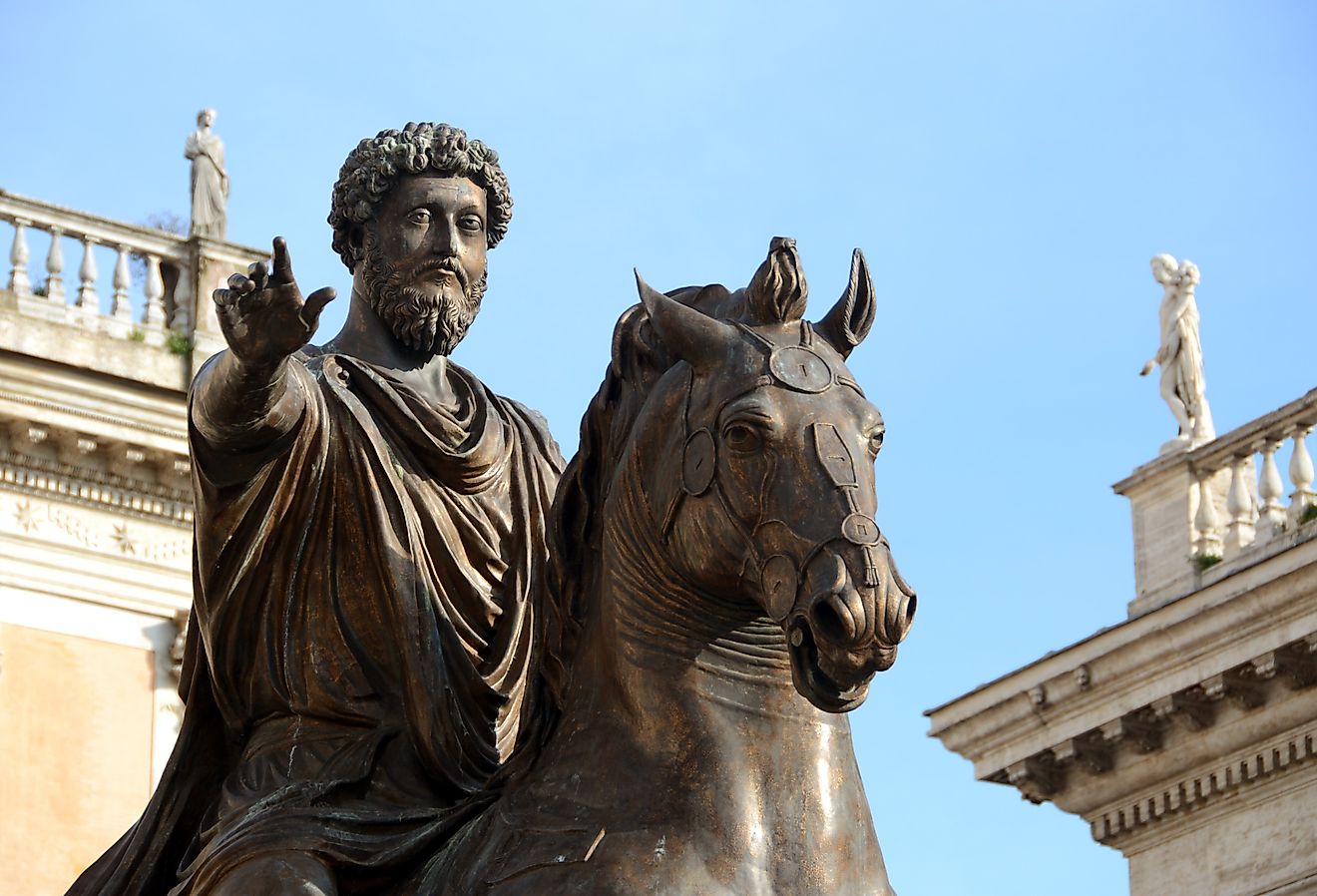The Sephardic Jews - Cultures of the World

5. Description
The Sephardic Jews, or the Sephardim, are a culture within the overall Jewish people. The name comes not only from the Hebrew word Sepharad, which refers to Spain, but also the Jews that settled in Sepharad, Spain as far back 586 BC. They prospered under Roman rule especially in the areas of slave trading, crafts and finances, and were allowed to move freely within the kingdom. With the rise of Christianity in the 3rd and 4th centuries, their lives began to change. Being held responsible for the killing of the Messiah, the Church Council of Elvira in AD 306 sanctioned the separation of Jews and Christians. Initially there was little effort put forth to enforce the sanction, but when the Ostrogothic kings adopted Catholicism in the late 6th century the Sephardic Jews were given the option of converting to Christianity, leaving the kingdom or being persecuted for practicing their religion. Between 711 and 1492, life for the Sephardim was a mixture of peaceful coexistence and disharmony. Once the kingdom was dominated by Muslims, the Sephardim prospered again and reached varying heights in service as governmental officials.
They were active in politics, financial affairs, and various social and intellectual circles. This was a four-hundred-year period of prosperity for the Sephardim known as the Golden Age. That prosperity began to deteriorate once the Christian princes joined resources and united their kingdoms. In 1492 King Ferdinand and Queen Isabella, with the encouragement of Tomas de Torquemada (a Spanish Dominican Friar and the Grand Inquisitor responsible for the Spanish Inquisition) enacted the Alhambra Decree on March 30th 1492. The decree noted that Sephardim were a threat to the newly converted Christians and they were given until July 30th to leave Spain. Sephardic refugees by the thousands left Spain and settled in Venice, Livorno, London, Bordeaux, Bayonne and Hamburg. They spoke Spanish, but the trade networks that they developed were known worldwide.
4. Architecture
Following their expulsion from Spain, the architecture of Sephardic synagogues were primarily constructed in a Moorish or Islamic style. The most notable however, are the two Islamic-influenced synagogues that were constructed in Spain while the Sephardim were residents. These two synagogues, the Ibn Shushan Synagogue (now called the Santa María la Blanca) and the Synagogue of El Transito, are in Toledo, which at one time was considered the second Jerusalem. However, Moorish architectural details that include horseshoe-shaped arches, odd-shaped domes, turrets and pinnacles that are unique to the Islamic culture and not completely transferable to different climates have been incorporated in synagogues in various Sephardic communities around the globe.
3. Cuisine
While in Spain, the Sephardic Jews became more integrated into non-Jewish cultures. They adapted to and were influenced by Islamic cultures, and that is evident in the foods that they eat. Although they follow many of the Jewish laws regarding cuisine, Sephardic Jews also eat rice, corn, peanuts and beans for Passover, while the Ashkenazi Jews that descended from France, Germany and Eastern Europe do not. The Islamic influence is also reflected in the type of spices used in cooking such as cumin, cilantro, turmeric, cardamom and cinnamon. As they are forbidden to cook on Shabbat, many dishes are slow-cooked overnight and ready to serve the next day. They have unique holiday customs that differ from other Jews in that they eat certain foods as omens for a good new year. Like many cultures, adapting to one’s environment greatly influences cuisine choice.
2. Cultural Significance
After their expulsion from Spain, the Sephardim brought with them their unique customs and language. Although used less today, Ladino is the Judeo-Spanish language that was spoken throughout Sephardic communities. It is a blend of Hebrew and medieval Spanish, Arabic and Portuguese. Although they maintain many Orthodox Jewish beliefs, the Sephardim interpret the halakha or "the path that one walks" of Jewish laws differently than the Ashkenazim, especially for the holiday of Passover. Between the unique language and the centuries of influence of Islamic culture, the Sephardim are a unique and interesting culture in their own right.
1. Threats
Just as most cultures around the world, the Sephardim are threatened by modern ideologies and extremists. As their unique language is used less and less, so dies a significant part of their historical presence and the initial influences that created the Sephardic Jews.











